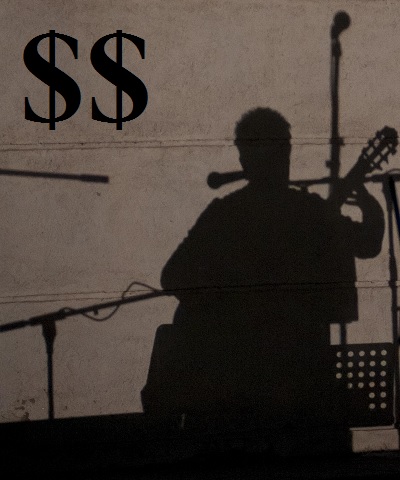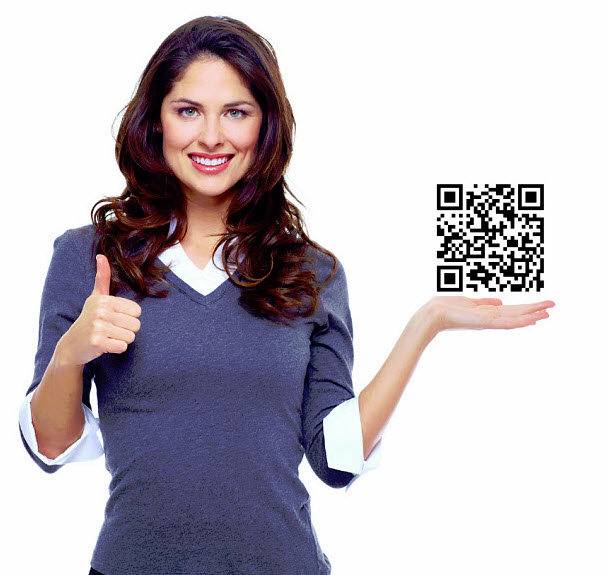Major event will utilize wearable technology to allow people to pay for goods
Lullapalooza 2014 will be supporting mobile payments through the use of wearable technologies. The event’s organizer has announced that those attending the festival in August will be able to use high-tech wristbands to make transactions. This represents one of the largest events in which mobile payments and wearable technology are combined. While wristbands with imbedded RFID chips are not something new to mainstream events like Lullapalooza, they are most typically used to grant people access to particular areas and not for mobile payments.
RFID-equipped wristbands will make mobile purchases possible
Plastic wristbands equipped with RFID chips are to be used to the festival. Once a visitor enters the festival grounds, they will be able to use these wristbands as a way to pay for goods at the various stalls at the event. These wristbands can also be used at the events bars and payments are made through the use of mobile terminals that are capable of reading the wristband’s RFID chip.
Festival goers need to upload their financial details to the Lullapalooza website before they can use their wristbands
 Before the wristbands can be used, festival goers will have to upload their financial information into the Lullapalooza website. Once this has been accomplished, the wristbands will be sent out before the beginning of the festival. The wristbands will not only accommodate mobile payments, of course, and will function as a way to monitor festival entry as well. This is one of the more common uses for such wristbands and RFID chips are typically used to admittance more so than for mobile transactions.
Before the wristbands can be used, festival goers will have to upload their financial information into the Lullapalooza website. Once this has been accomplished, the wristbands will be sent out before the beginning of the festival. The wristbands will not only accommodate mobile payments, of course, and will function as a way to monitor festival entry as well. This is one of the more common uses for such wristbands and RFID chips are typically used to admittance more so than for mobile transactions.
Wristbands could make paying for goods at the festival safer and easier
Mobile payments have become quite popular in a variety of sectors, but they are new to prominent events like Lullapalooza. Making transactions easier for festival goers is one of the reasons the event has opted to use its new wristbands. The wristbands also remove the need for people to carry around physical currency, which could cut down on the instances of theft that occur at the festival.

 In addition to QR codes, other digital payment methods that were popular among mobile users included
In addition to QR codes, other digital payment methods that were popular among mobile users included 